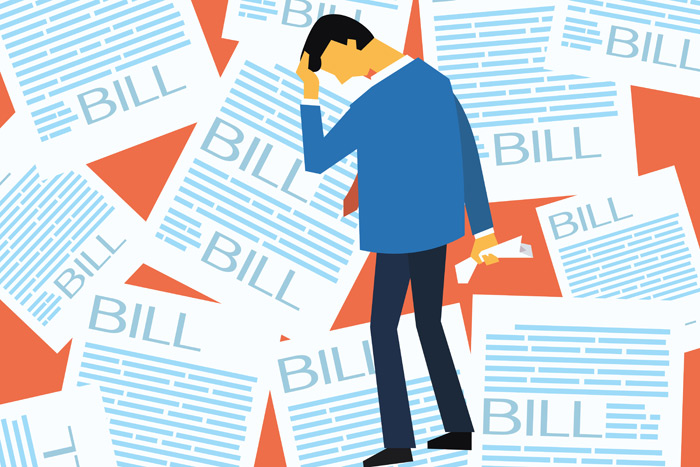How Do Hackers Gets Access to Your Credit Cards?

I was surfing the web recently, and found myself looking through YouTube's personal finance videos. I was checking for new personal finance tools or cool videos related to finance, but in my search, noticed a bunch of very popular videos that teach a YouTuber how to hack a person's bank account or credit card.
Obviously hacking is nothing new (did you hear about Starbuck's payment app hack?), but I was shocked and quite disturbed at how many videos there were (is this even legal?!), so I thought I would put together an article that brings awareness to what these DIY hackers are doing, and what you can do to keep your money safe from virtual thieves.
Credit card cloning in 30 seconds or less
Credit card cloning involves creating a duplicate card using your original card number, expiration date and verification code. Sounds pretty complicated but in this video produced by IB Times UK, Sophos security expert James Lyne is able to produce an identical card in about the same amount of time it took you to read this paragraph.
So how is he able to pull it off? Using a card reader purchased on Amazon, he simply swipes the card to retrieve the relevant information, mimicking the way point of sale systems get your data when you're at the checkout. Once the card number pops up, he swipes a second dummy card to transfer it over. If an identity thief were able to steal thousands of shoppers' information at once, they could easily produce a stack of cloned cards in the space of a few days.
What amazed me about this video is how fast he was able to duplicate the card information. Theoretically, all an identity thief would have to do is buy a card reader, hack into a particular store's point of sale system and boom -- they've got instant access to your account. Breaking into the system itself is the hardest part but as we've seen with Home Depot, Target and Michael's, identity thieves have shown that they're up to the task.
After watching this video you have to wonder whether it's really even possible to keep your card safe at the checkout. Lyne mentions the new chip and pin enabled cards that are slowly making their way into the hands of consumers but critics claim that even they're not bulletproof, despite heightened security measures.
When a chip-based transaction is made in a store, the card account number can't be cloned, but they're still vulnerable when it comes to online purchases. That's not exactly a confidence booster if you're banking on these cards to protect you against fraud.
What you can do: If you have a chip and pin card, you have to select a PIN for this function to be enabled. Otherwise, if someone got their hands on your card they could simply bypass the PIN requirement at checkout by hitting "Cancel" or "Accept" to complete the transaction.
Bank account hacking from your desktop
In my search for videos on bank account and credit card hacking, I found a score of YouTube tutorials that promise to turn even the most computer-illiterate soul into a bonafide hacker in a matter of minutes.
The video, which has since been removed from YouTube, offers a step-by-step guide to downloading bank and credit card account information right from home, complete with jazzy music and an opening shot of a couple of cute kittens on the user's desktop.
What you can do: Link all of your credit cards and bank accounts to a personal finance app, like Mint, for easy all-in-one monitoring of your transactions.
According to the video, all you have to do to get instant access to someone else's account information is to download a credit card generator tool from the publisher's website, which also features additional tips on how to hack into someone's account.
I found a second video that includes lists of names, account numbers and corresponding card types for anyone to see. Is this legit? Since I'm not willing to download the tool and attempt to use someone else's card information I can't say. Collectively, the two videos included here have only netted a few thousand views so far so it's worth taking with a grain of salt. Still, it's enough to make you reconsider whether there really is a foolproof way to keep your account information out of the hands of identity thieves.
Tip: If you do a lot of shopping online, always use a credit card instead of your debit card. Your credit card company won't hold you responsible for unauthorized purchases. (If someone steals your account information, your credit card company limits your liability to $50.)
Always be aware of your statements
The point of sharing these videos isn't to make you paranoid about whether a hacker is lurking around the next corner. However, it points to the growing problem of financial hacking and identity theft. While there's no way to predict when or where a an identity thief will strike, that doesn't mean you can't prepare yourself for how to deal with it if it happens to you and that's really what your focus should be.
When it comes to safeguarding yourself against credit card and bank account fraud, the best defense is a good offense. Checking your account statements each month, reviewing your credit report regularly and reporting any suspicious transactions to your bank immediately can help you head off identity thieves before they're able to wreak havoc with your finances.

